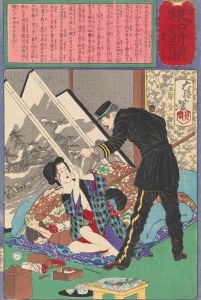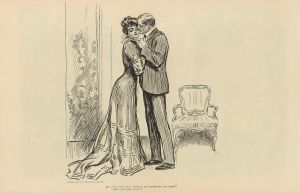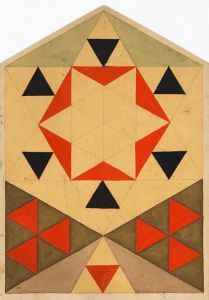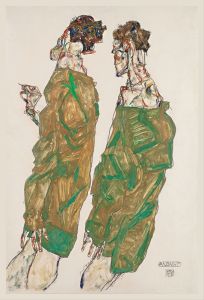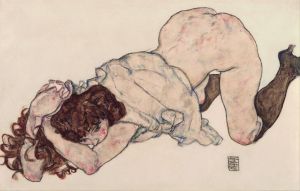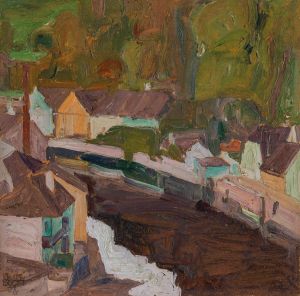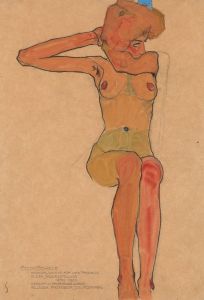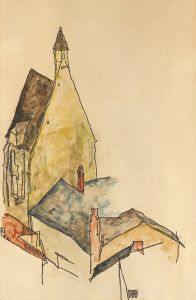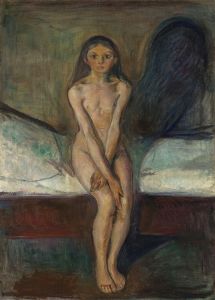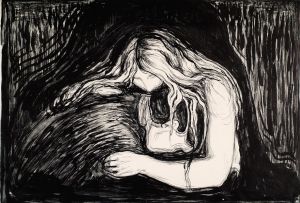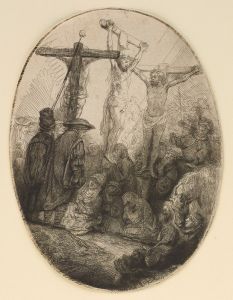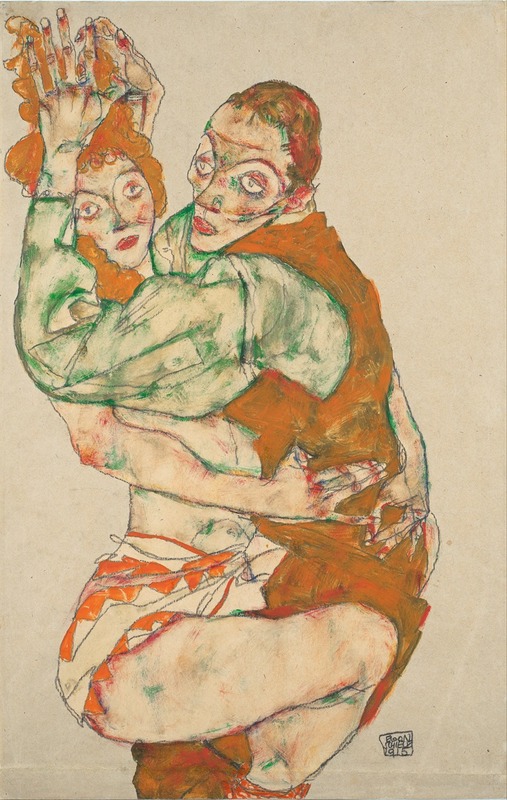
Lovemaking
A hand-painted replica of Egon Schiele’s masterpiece Lovemaking, meticulously crafted by professional artists to capture the true essence of the original. Each piece is created with museum-quality canvas and rare mineral pigments, carefully painted by experienced artists with delicate brushstrokes and rich, layered colors to perfectly recreate the texture of the original artwork. Unlike machine-printed reproductions, this hand-painted version brings the painting to life, infused with the artist’s emotions and skill in every stroke. Whether for personal collection or home decoration, it instantly elevates the artistic atmosphere of any space.
Egon Schiele was an Austrian painter known for his distinctive style and provocative subject matter. Born in 1890, Schiele was a protégé of Gustav Klimt and became a major figure in the early 20th-century Viennese art scene. His work is characterized by its intensity, raw emotion, and often erotic themes. One of his notable works is "Lovers" (also known as "The Embrace" or "Lovemaking"), created in 1917.
"Lovers" is an oil painting that exemplifies Schiele's exploration of human intimacy and sexuality. The painting depicts a couple entwined in a passionate embrace, their bodies intertwined in a manner that conveys both vulnerability and intensity. Schiele's use of bold lines and stark contrasts highlights the emotional depth of the scene, while his distinctive color palette adds to the painting's dramatic effect.
The figures in "Lovers" are rendered with Schiele's characteristic attention to anatomical detail, yet they are also stylized in a way that emphasizes their emotional connection. The artist's use of elongated limbs and exaggerated poses serves to heighten the sense of tension and passion between the figures. This approach is typical of Schiele's work, where the human form is often distorted to convey psychological and emotional states.
Schiele's exploration of erotic themes was controversial during his lifetime, and he faced significant criticism and even legal challenges for his work. In 1912, he was arrested and briefly imprisoned on charges of public immorality, largely due to his explicit drawings and paintings. Despite this, Schiele continued to pursue his artistic vision, and his work gained recognition for its boldness and emotional power.
"Lovers" was created during a period of personal and professional growth for Schiele. In 1915, he married Edith Harms, and his work began to reflect a more mature and introspective approach to themes of love and intimacy. This painting is often seen as a reflection of Schiele's evolving perspective on relationships and human connection.
The painting is also notable for its composition, which draws the viewer's eye to the central figures while creating a sense of movement and dynamism. Schiele's use of space and form invites the viewer to engage with the emotional narrative of the piece, making it a compelling example of his ability to convey complex human emotions through art.
Egon Schiele's life was tragically cut short when he died in 1918 at the age of 28, a victim of the Spanish flu pandemic. Despite his brief career, Schiele left a lasting impact on the art world, and his work continues to be celebrated for its emotional intensity and innovative approach to the human form.
"Lovers" remains an important part of Schiele's oeuvre, showcasing his unique ability to capture the complexities of human relationships. Today, Schiele's work is held in high regard, and his paintings are featured in major art collections and exhibitions worldwide, where they continue to captivate audiences with their raw emotion and striking visual style.





